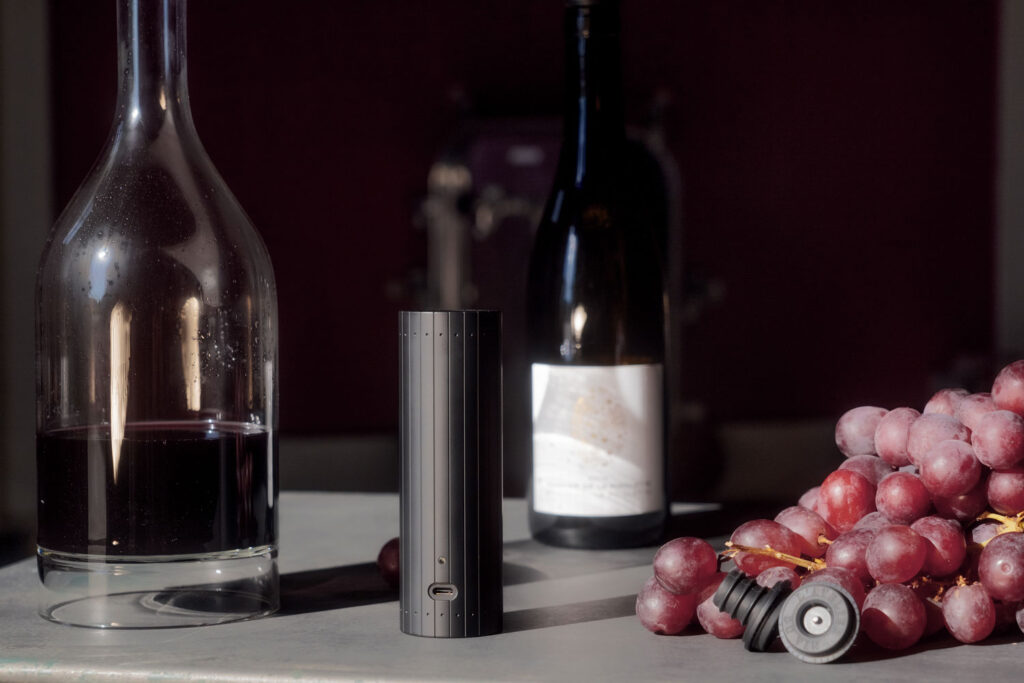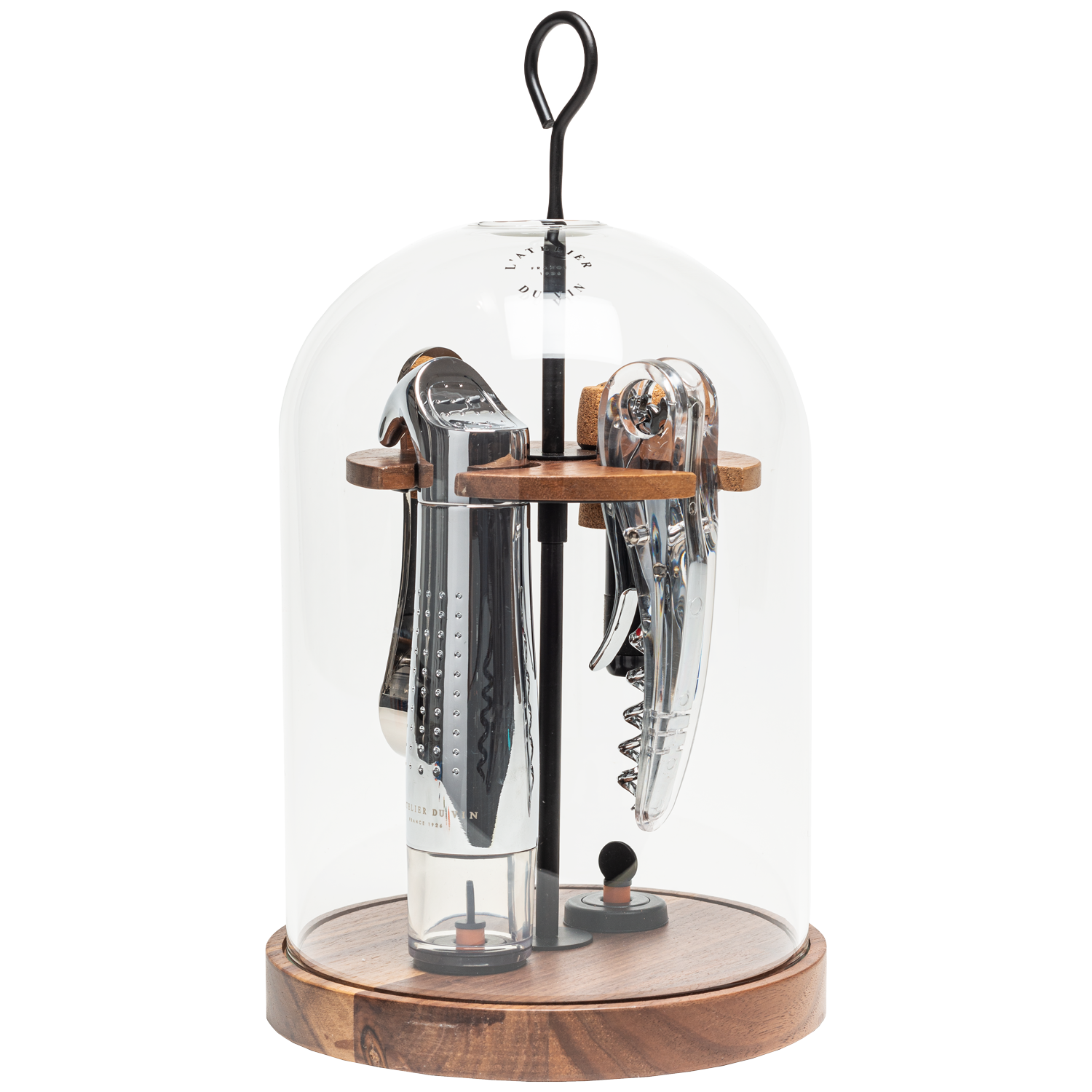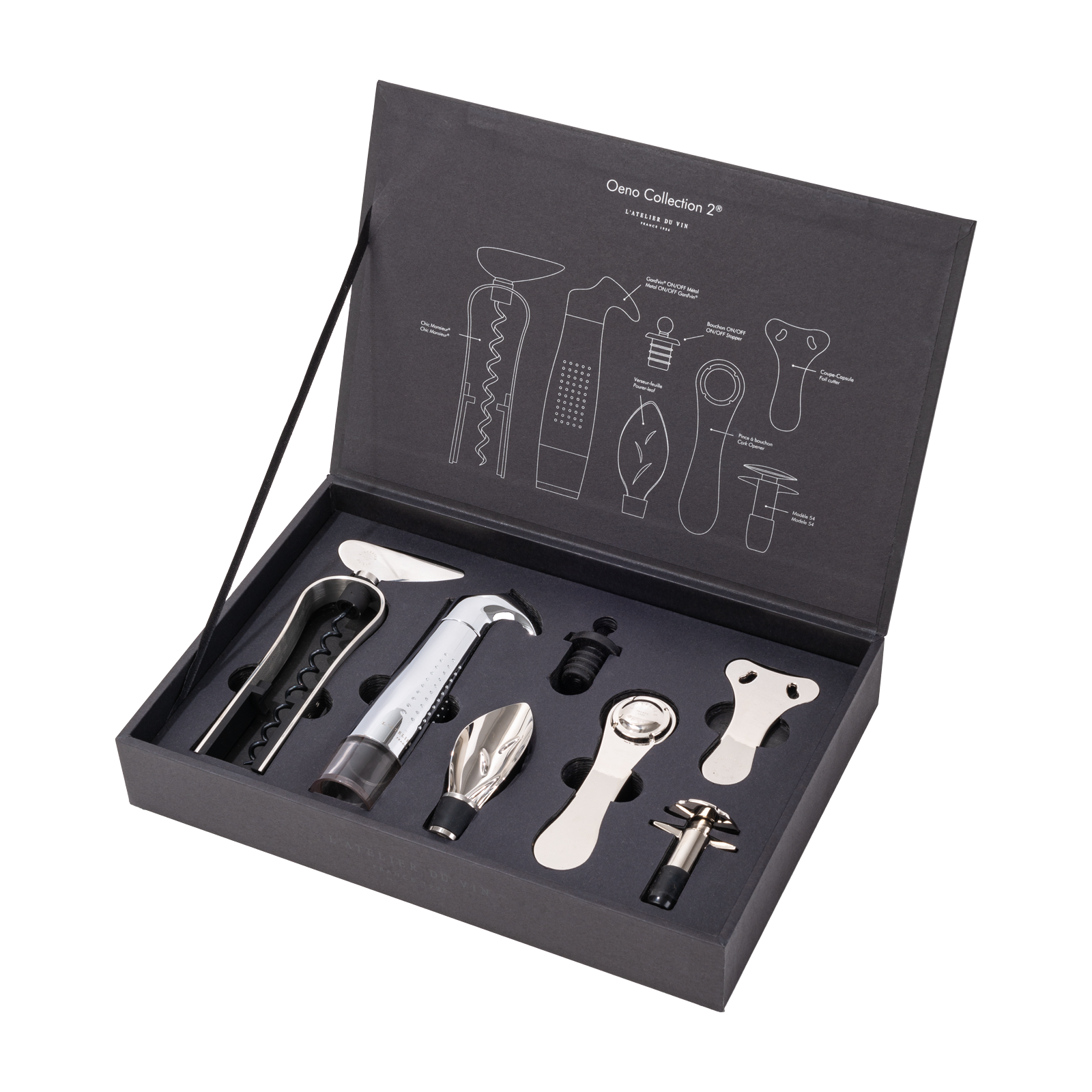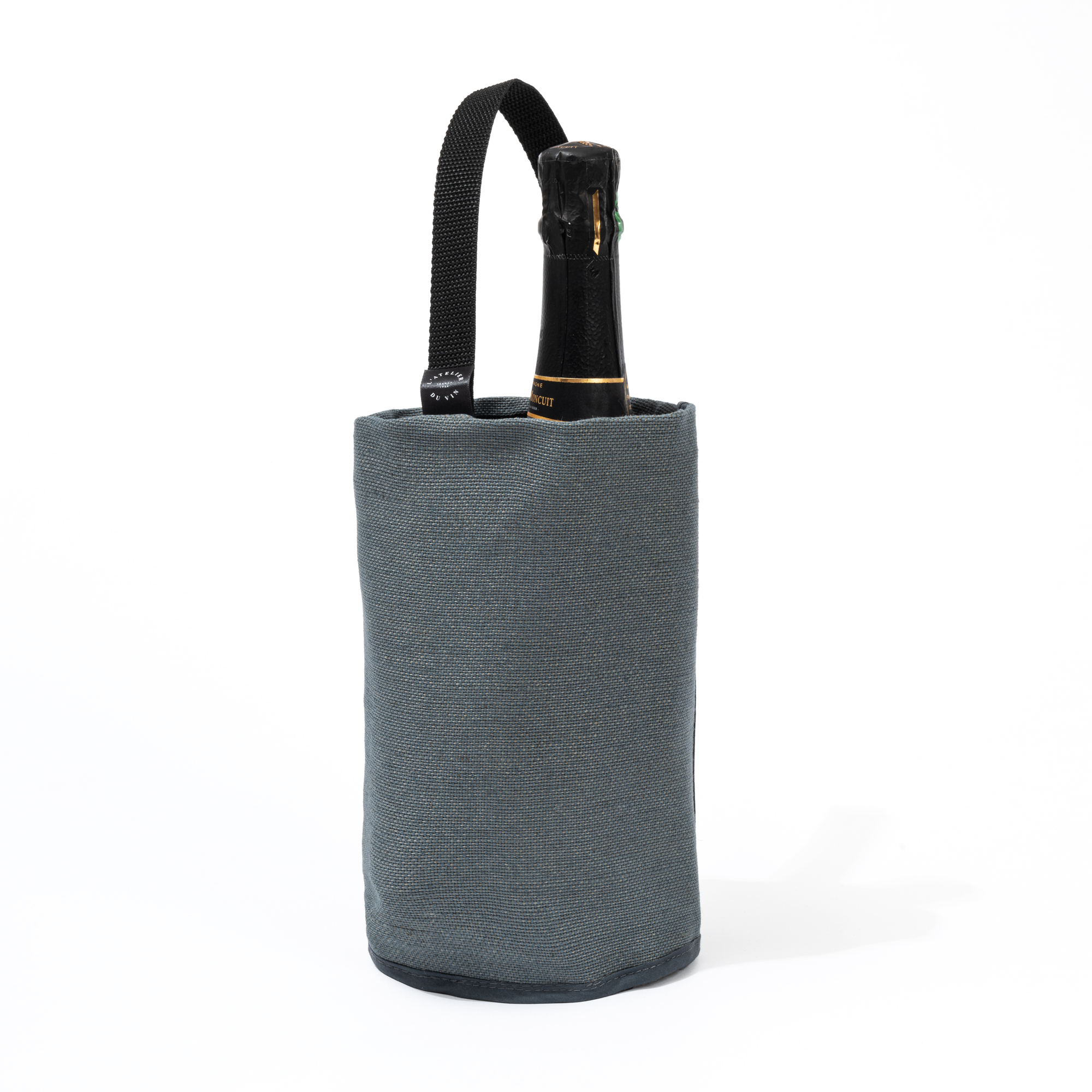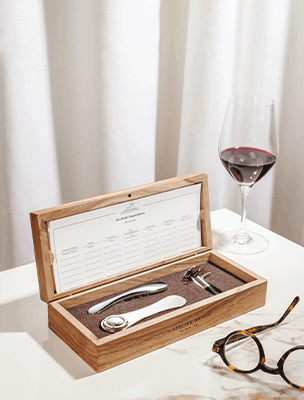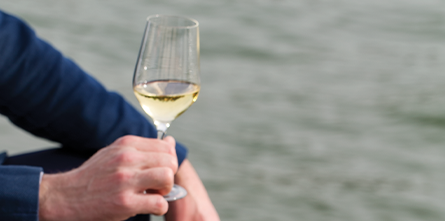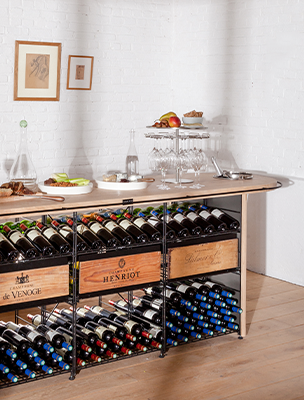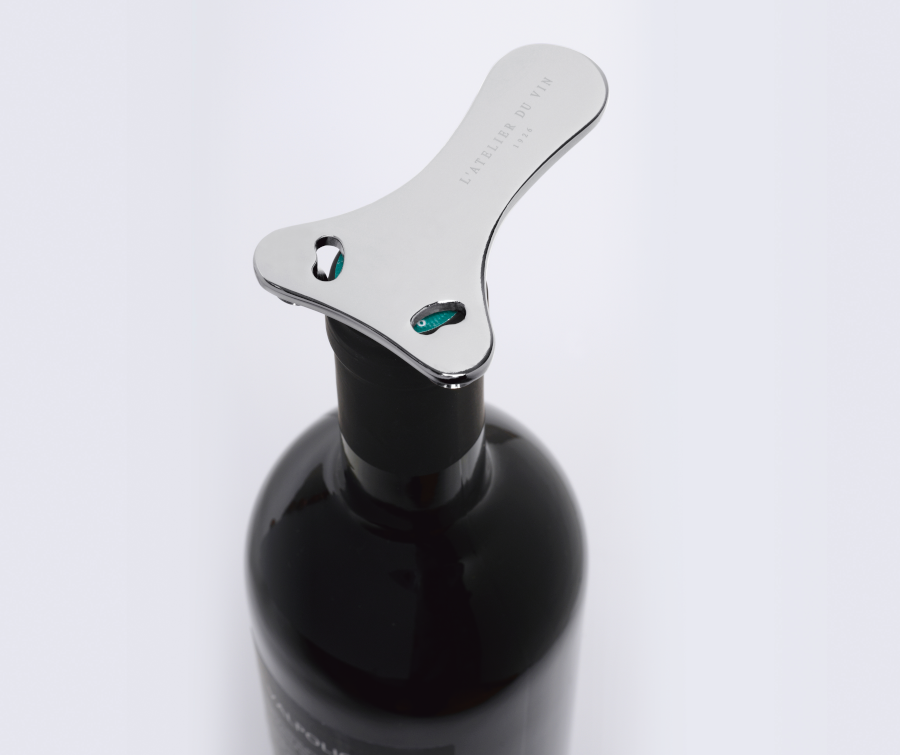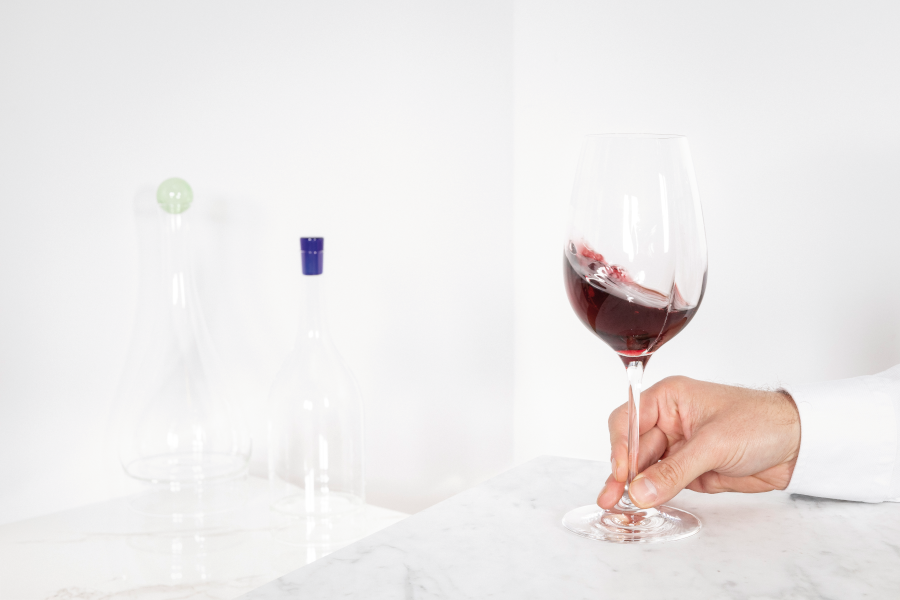
Serving wine is an art that involves various steps, from preparing the wine after taking it out of the cellar, opening the bottle properly, to decanting and aerating the wine if needed, before serving it in the appropriate wine glasses. Oenology experts are well-versed in the nuances of each of these steps.
Our guide to serving wine covers the following topics:
Why do you have to take so many precautions when you want to serve a bottle of wine?
In the art of oenology, attention to detail is key. Hasty or incorrect wine serving methods could spoil the taste of an excellent bottle of wine. However, learning how to serve wine correctly is not only practical but also enjoyable. By using the right wine tools and following the oenological ritual, you can enhance your wine tasting experience and make it even more memorable for you and your guests.
Discover the world of L’Atelier du Vin and our guide to the best wine serving practices. Our guide will help you choose the perfect accessories for preparing, opening, decanting, aerating, and serving wine, whether it’s red wine, white wine, or champagne. Join us in exploring the intimate world of wine and making your wine serving experience truly authentic.
What should you do to prepare a wine before serving it?
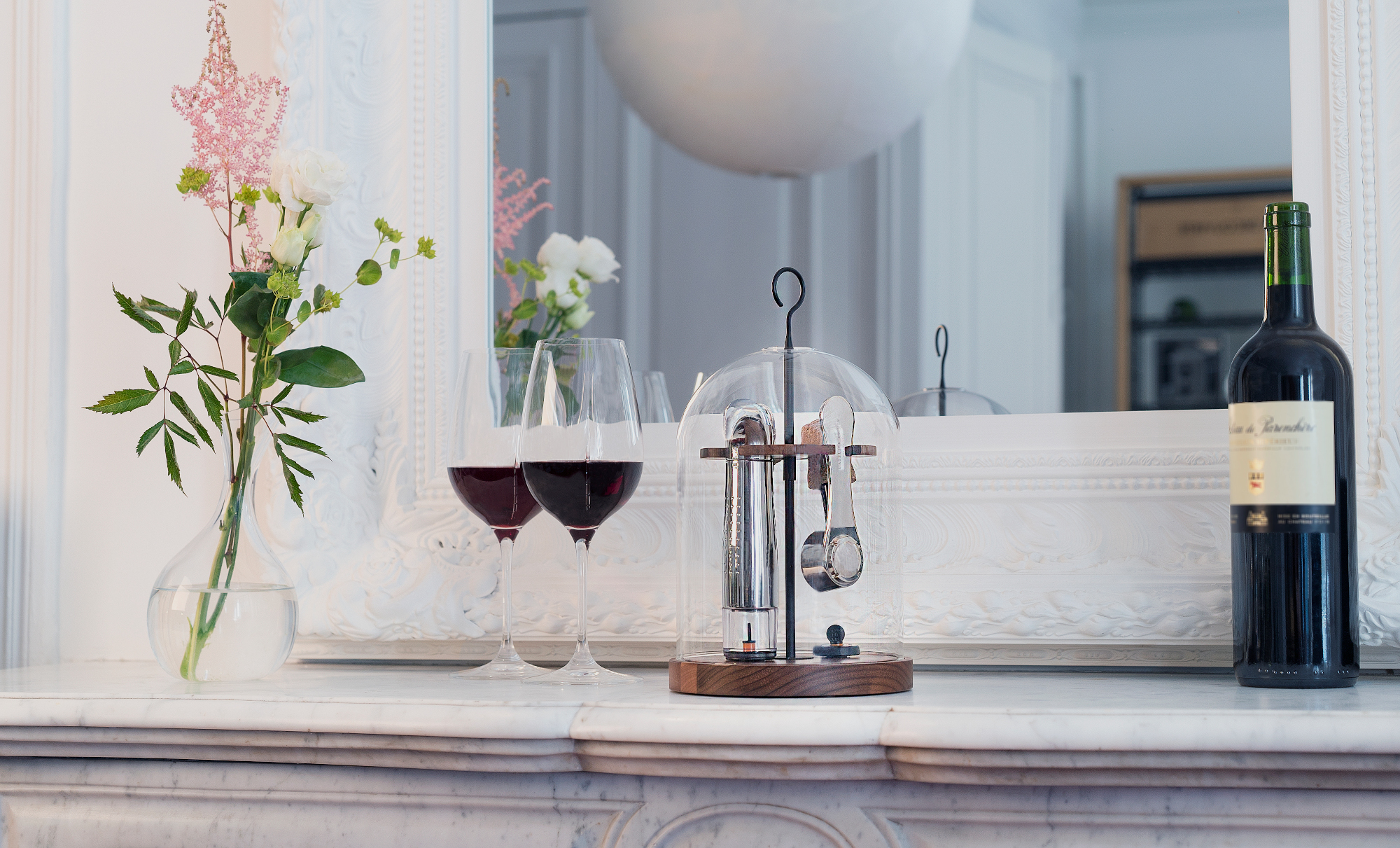
Before opening and serving wine, it’s important to meet certain conditions to ensure proper service. Pairing the right wine with each course of your menu is key to impressing your guests. Additionally, gradually bringing the wine to the appropriate serving temperature helps ensure a smooth transition from the cool wine cellar to the warmer room in which the wine will be enjoyed.
Choose the right wines to accompany your food and the season
A great wine tasting experience begins with selecting the perfect vintage to complement the occasion, such as each course of a meal. The pairing should feel seamless and pleasurable to the taste buds, making you want to indulge in it like a child.
Ensure a smooth transition out of the wine cellar
After finalizing your wine list, it’s time to retrieve your bottles. However, if the bottle is resting in your wine cellar, take care not to shake it while taking it out. It’s best to gently lift the bottle and stand it upright.
Wine is very sensitive to changes in temperature, light, and surroundings, especially if it has aged for years in a wine cellar. Allow the wine to wake up gently by letting it rest in an upright position for at least a few hours, and up to 12 to 24 hours, without moving it. This allows any suspended sediments to settle at the bottom of the bottle.
Serve your wine at the right temperature
For the optimal wine tasting experience, it’s crucial to serve your wine at the right temperature – not too cold or too warm. If you’re unsure about the recommended serving temperatures, our practical guide provides the ideal temperatures for white, red, and rosé wines, as well as champagnes:
- sweet white wines: 6 to 8 °C
- fruity, acidic and light dry white wines: 8 to 10 °C
- complex and rich white wines: 11 to 13 °C
- fruity and light red wines: 11 to 12 °C
- red wines with medium or high alcohol content: 14 to 16 °C
- tannic red wines: 16 to 17 °C
- the finest grand cru red wines aged to maturity: 17 to 18 °C
- fruity and acidic rosé wines: 8 to 10 °C
- well-rounded and full-bodied rosé wines: 10 to 12 °C
- champagnes and sparkling wines: 8 to 10 °C
If your wine is still too cool, you can let it warm up by leaving it in your living room to reach room temperature. A decanter can be used for aeration, depending on the vintage. Additionally, holding the bottle in your hands for a few minutes can raise the temperature by a few degrees.
How should you open a bottle of wine?
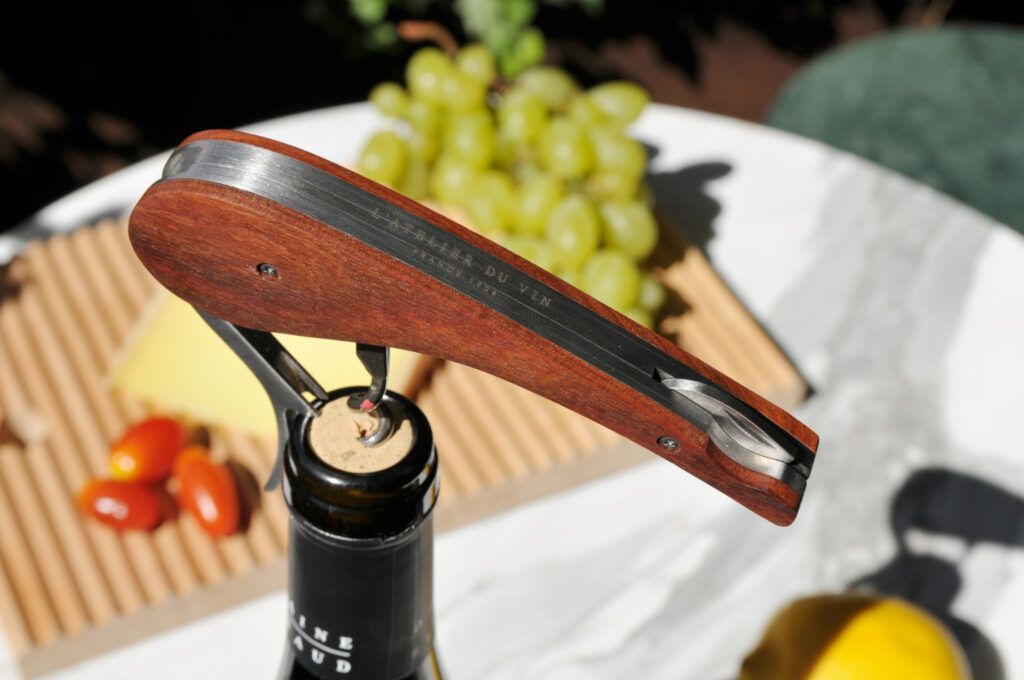
After completing the necessary preparations, the wine serving ritual begins when you open the bottle, which is a crucial step in the ceremony and must be executed flawlessly. Take your time, do not rush this step. Examine the cork in the bottle to determine its type and condition to choose the most appropriate corkscrew.
Neatly remove the foil
To neatly remove the foil from the wine bottle, a foil cutter is recommended. However, if you don’t have one, use a blade and cut along the outer rim of the bottle neck. After the foil is removed, wipe the top of the bottle with a clean cloth to avoid any dust or debris from contaminating the wine.
Use the right corkscrew for the task
Selecting the appropriate corkscrew is determined by the wine bottle and the environment in which it will be served. It also reflects your personal style as a sommelier. Your choice of corkscrew should represent your personality and become one of your most significant tools as you celebrate the elixir of the gods.
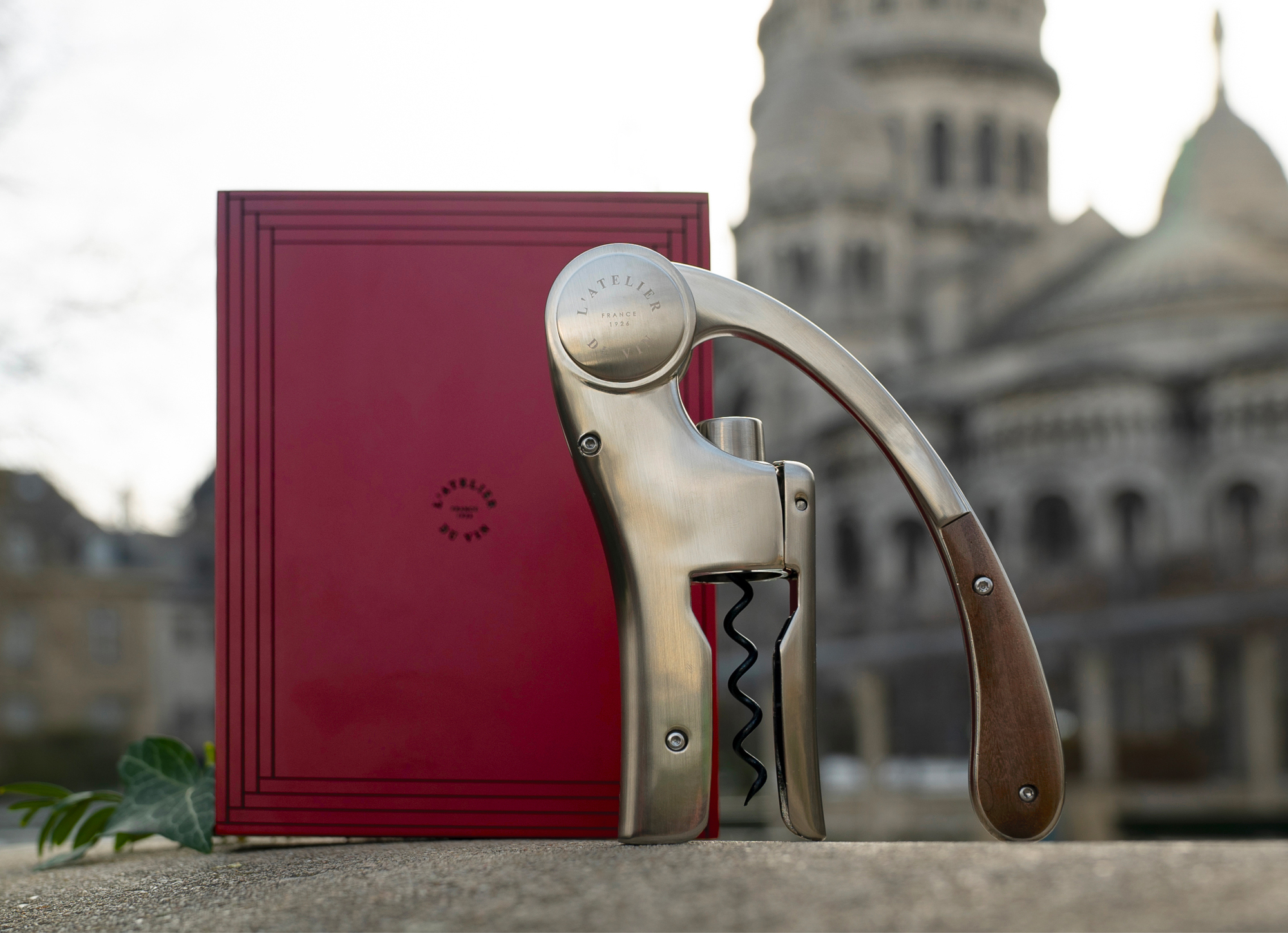
Wine aficionados aim to have a diverse selection of wine openers in their toolkit to tackle any situation. It is crucial to avoid damaging the cork while opening the bottle, as even a few bits of cork falling into the wine can render it undrinkable.
For opening a young bottle, use a variety of corkscrews, but if it’s an older bottle or a fragile cork, use a specialist lever corkscrew or a two-prong wine opener. A two-prong wine opener can even reinsert the cork after wine tasting. To learn more, consult our guide to using wine openers and corkscrews.
Should you decant and aerate a wine before serving?
Decanting and aerating wine are essential steps in the wine tasting process, but there are many misconceptions surrounding them. Decanting and aerating are not the same, and not all wines require decanting. To learn more about when and how to decant and aerate wine, refer to this brief guide.
- Decanting is optional for fruity wines.
- For young wines, aerate by pouring into a wide-bottomed wine decanter for better oxygenation to fully express its character.
- Decant rich and complex wines and let them aerate for a few hours to allow the aromas of the bouquet to develop.
- Decant older wines delicately into a narrow decanter just before serving to eliminate sediment and maintain the fragile balance of its aromatic structure. If the decanting process is too risky for your vintage, serve it gently from the bottle, keeping the sediment away from the neck of the bottle.
Decanting wine
The original meaning of decanting wine is to remove sediment that has accumulated in the bottle over time. Older wines often have sediment, which can be seen in daylight or candlelight.
To properly separate the wine from the sediment and showcase your vintage, an elegant wine decanter is the way to go. Be sure to pour the wine gently into the decanter, avoiding the sediment near the neck of the bottle. A pourer can also be used to prevent any spills.
Finally, it’s crucial to note that certain wines are too delicate and aged to undergo decanting without causing harm. If this is the case, you should allow the bottle to rest vertically for a considerable amount of time to enable the sediment to settle at the bottom. Then, slowly pour the wine into your glasses, ensuring that none of the sediment enters through the neck of the bottle. A “drop-stopping” pourer can provide you with an added level of safety.
Aerating wine
Aerating a wine involves increasing its contact with air to let it breathe, often done with a wine decanter. While this is often confused with decanting, it is typically recommended for young, robust wines to reveal their bouquet and develop their character. However, older and more fragile wines should be aerated only slightly, if at all, to prevent oxidation and loss of structure.
- For a young wine without sediment, aerate it by pouring it generously into a wide-bottomed decanter, holding the bottle vertically to increase oxygenation. Swirl the wine in the decanter before serving.
- For a more mature wine, start by allowing it to breathe in its open bottle, and then gently transfer it to a narrow decanter for further aeration. Consider using an aerating pourer to lightly aerate the wine as it flows through and into your glass.

What’s the right order and way to serve wine?
Once you have completed all the necessary preparations, there are a few final details to consider before serving your wine. It is crucial to carefully plan the order in which you will serve your wines to allow your guests to savor the exquisite flavors of each bottle in the perfect wine tasting glass.
The order to serve wines
When creating a wine list for a tasting, consider the balance of wine flavors and strengths. Start with younger and lighter wines, moving towards older and stronger ones. Using a serving tray and coasters adds a touch of elegance to the event. Additionally, serving complementary appetizers can enhance the wine-tasting experience.
When preparing a wine list for a lunch or dinner, it is traditional to serve white wine before red wine, but this is not a strict rule. It’s important to follow the same wine tasting principles, gradually increasing the strength and complexity of the wines. However, the wine selection should primarily be based on the food pairings for the meal.
Use a pourer
A wine pourer adds an extra touch of elegance and style to the sommelier’s precise movements when serving wine. This tool is placed on the bottle’s neck to prevent wine spills or staining of the tablecloth. Moreover, the wine’s aeration is enhanced by the smooth and steady flow provided by the pourer.
Serve your wine in wine glasses
To fully enjoy the flavors and aromas of wine, it is important to use the right glass. A genuine wine glass is characterized by a long stem, clear glass, and a rounded bottom that is wider than the top. This design concentrates the wine’s bouquet at nose and lip level. When serving, it’s recommended to fill the glass only about one-third to one-half full to allow proper aeration and appreciate the wine’s taste fully. Overfilling should be avoided.
Our Exploreur Oenology glass is uniquely designed for wine tasting. Its Aroma line distinguishes it from other glasses and allows your best wines to dance along its curved vein, revealing all their notes and flavors. The beautiful design, crafted in glassware, creates a truly magical experience for both the eyes and the palate, making it the perfect complement to your exceptional red, white, or rosé wines.
How do you preserve a bottle of wine after serving?
Using a wine stopper is recommended for storing the remaining wine after opening a bottle. The wine can be stored in a cool or room temperature location until the next meal or day. Using a vacuum pump system is preferred by some to prevent oxidation and can lead to a better wine-tasting experience in the future.
